Description
HIMA F3223 Digital Input Module: The Silent Guardian for Critical Safety Systems
Ordering & Support You Can Rely On
When you order the F3223, you’re covered with a full 365-day warranty – no tricky exclusions. Most in-stock units ship within a week, though complex configurations might take up to a month. Payment’s straightforward: 50% upfront to lock in pricing, balance before dispatch. We’ve had clients in Houston rush orders via DHL when a compressor shutdown caught them off guard, and it arrived before their Monday morning meeting. FedEx and UPS options work fine too, but I’d avoid sea freight for these – moisture and electronics rarely mix well.
Why Plant Engineers Keep This Module in Their Spares Cabinet
- 16-channel 24V DC inputs – Handles everything from emergency stop buttons to flame detectors without signal conditioning. One refinery tech told me they hooked up 12 high-vibration pump sensors using these inputs during a turnaround.
- SIL 3 certified by default – No extra configuration needed for safety integrity. I’ve seen competitors require firmware tweaks that introduce hidden failure points.
- Fail-safe diagnostics – Catches wire breaks or short circuits before they escalate. A chemical plant in Rotterdam avoided a near-miss when the module flagged a corroded sensor cable during routine checks.
- HIMA H41q system compatibility – Plugs straight into existing safety racks. No adapter headaches – though you’ll want to verify firmware versions match, something I’ve tripped over before.
Technical Reality Check (No Marketing Fluff)
| Parameter | Value |
| Brand/Model | HIMA F3223 |
| HS Code | 8538.90.91 (Parts of programmable controllers) |
| Power Requirements | 24V DC ±15%, max 350mA (backplane powered) |
| Dimensions & Weight | 35 x 125 x 120mm (WxHxD), 180g |
| Operating Temperature | -20°C to +60°C (derate above 50°C) |
| Signal Input Types | 24V DC sink/source, Type 1 per IEC 61131-2 |
| Communication Interfaces | HIMA H41q proprietary bus (no fieldbus) |
| Installation Method | 35mm DIN rail (vertical mounting preferred) |
Where It Actually Gets Used (Beyond Brochure Talk)
You’ll find these modules buried in safety cabinets at LNG terminals monitoring flare stack ignition systems – where a single missed signal could mean millions in lost product. One wastewater treatment plant in Singapore uses them for pump dry-run protection; their engineers appreciate how the F3223 ignores electrical noise from nearby VFDs. It’s not for nice-to-have monitoring though. If your process doesn’t require SIL 2/3 compliance, you’re probably overpaying – I’ve seen plants waste budget by using safety-rated modules for simple tank level indication.
Procurement Perks That Survive Budget Reviews
From a purchasing perspective, the real value shows up during audits. That SIL 3 certification means fewer third-party validation costs – one pharmaceutical client saved $18k in TÜV fees last year. Compatibility with HIMA’s legacy systems matters too; I’ve watched plants extend controller lifespans by 7+ years using these modules. And while the upfront cost seems steep next to generic I/O, factor in the reduced downtime from self-diagnostics… well, a steel mill maintenance lead once showed me their logs – 3.2 hours saved per fault versus their old system. Not bad when your blast furnace costs $22k/hour to idle.
Installation Reality: What the Manual Doesn’t Stress Enough
Mount it on standard DIN rail, but leave breathing room – cramming it next to power supplies in a 40°C cabinet caused drift issues for a client in Dubai. Ventilation matters more than specs suggest; I’d keep ambient temps below 55°C even though it claims 60°C operation. Wire it with shielded 18-22 AWG cable, grounded at one end only (I’ve seen noise problems when both ends got grounded). For maintenance, skip the fancy tools – a multimeter check every 6 months catches 90% of issues. Oh, and don’t ignore firmware updates; that 2022 patch fixed a rare timing glitch during brownout conditions. One plant avoided a false trip after applying it during their spring shutdown.
Certifications That Actually Pass Factory Inspections
IEC 61508 SIL 3 certified (TÜV Rheinland), ATEX Zone 2, CE marked per Machinery Directive, UL 61010-1. The warranty’s solid – 365 days covering component failures, though it won’t save you if someone wires 220V into the 24V inputs (yes, that happened in a Brazilian ethanol plant last year). HIMA’s support team typically responds within 4 business hours for critical issues, which matters when your safety system is down. One thing I appreciate? Their certificates are actually downloadable from the product page – no chasing sales reps for paperwork during audits.

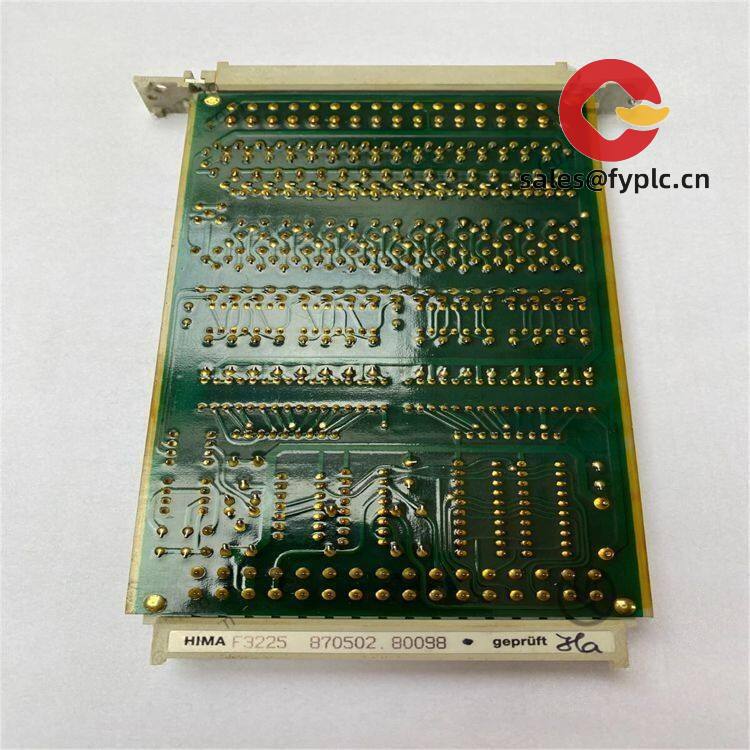

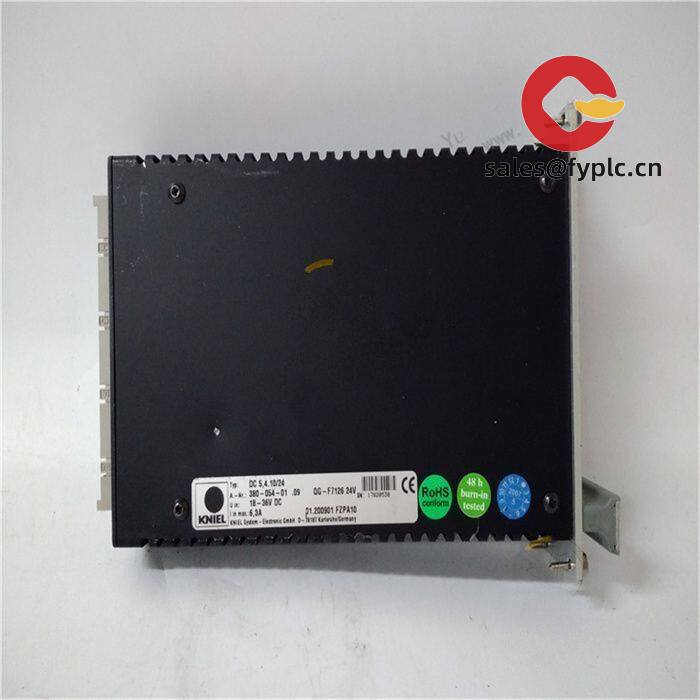
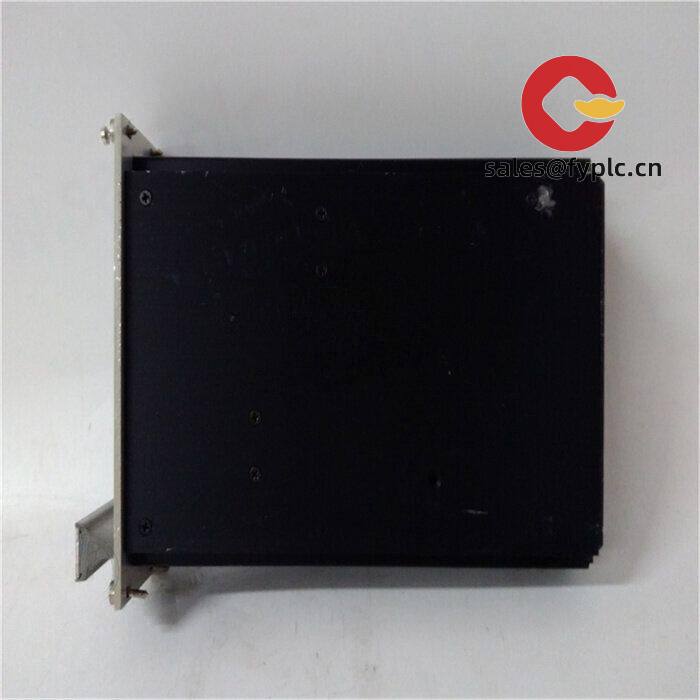


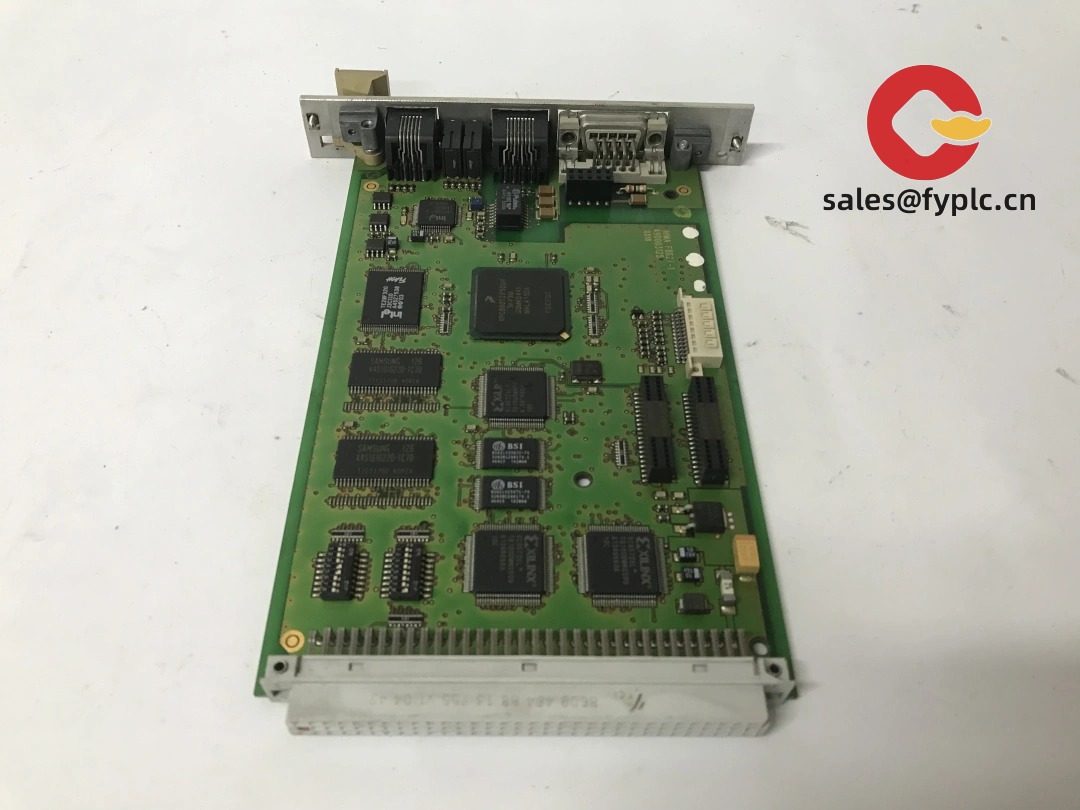
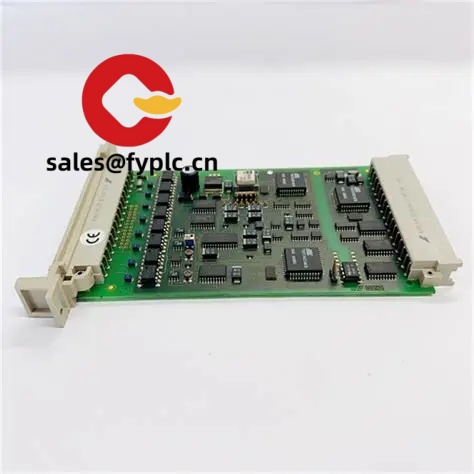
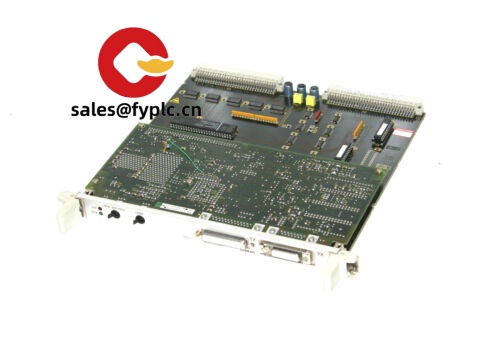

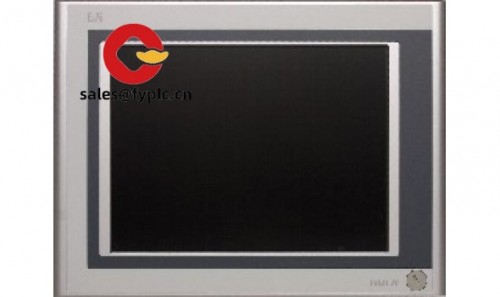
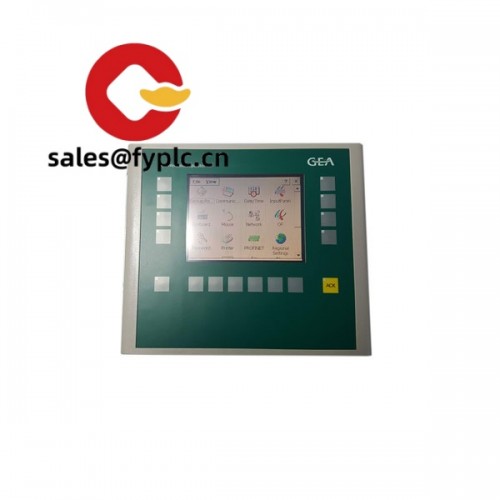



Reviews
There are no reviews yet.